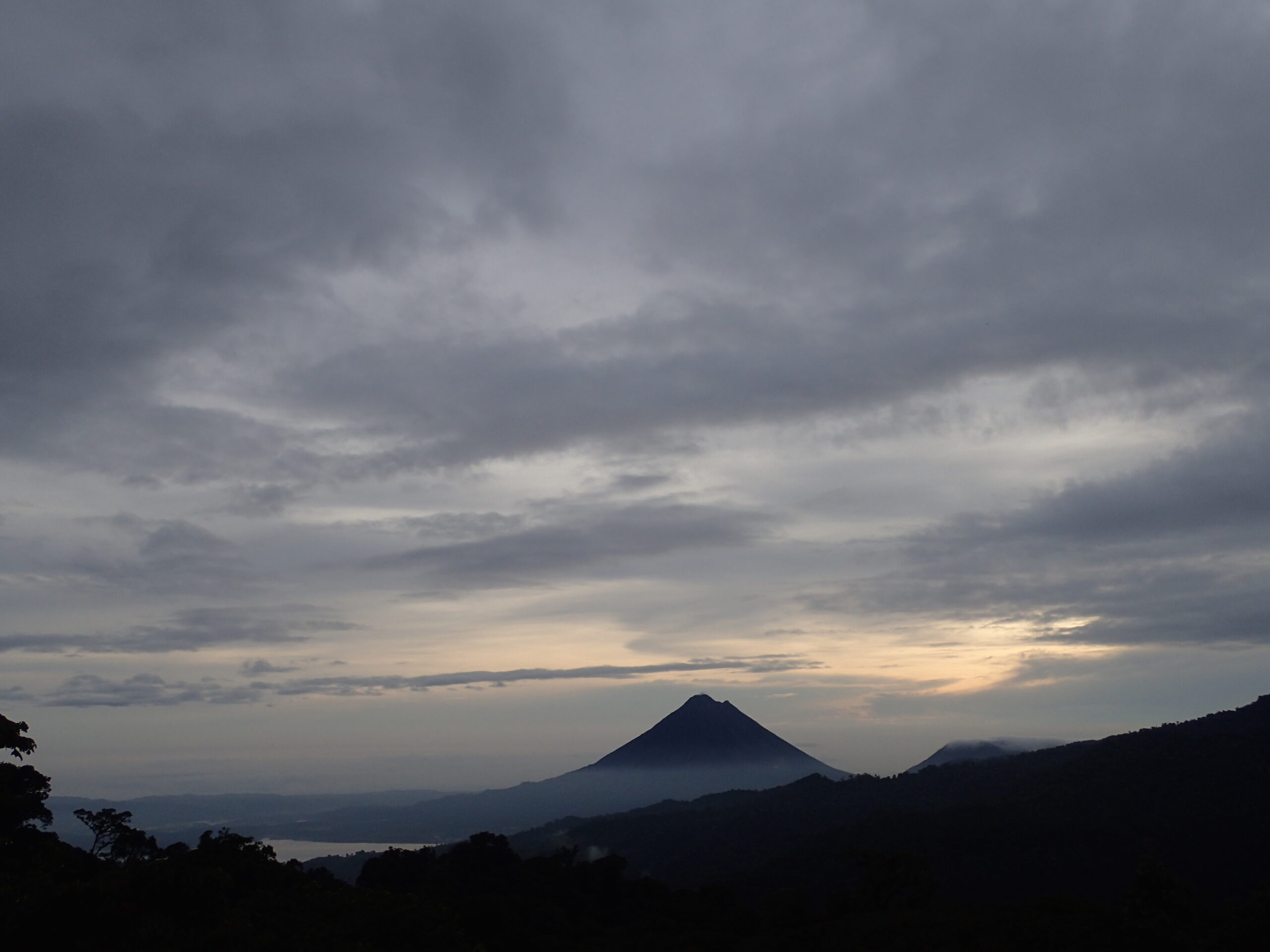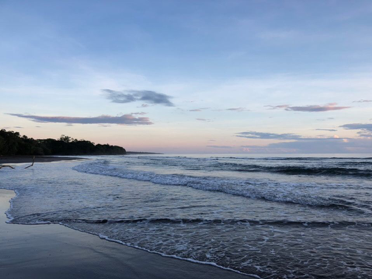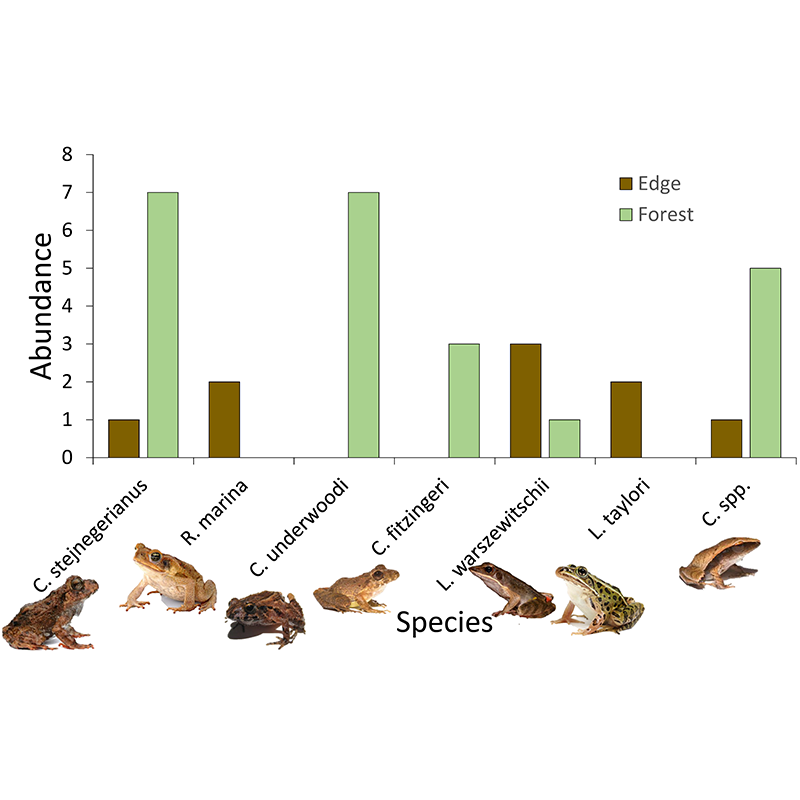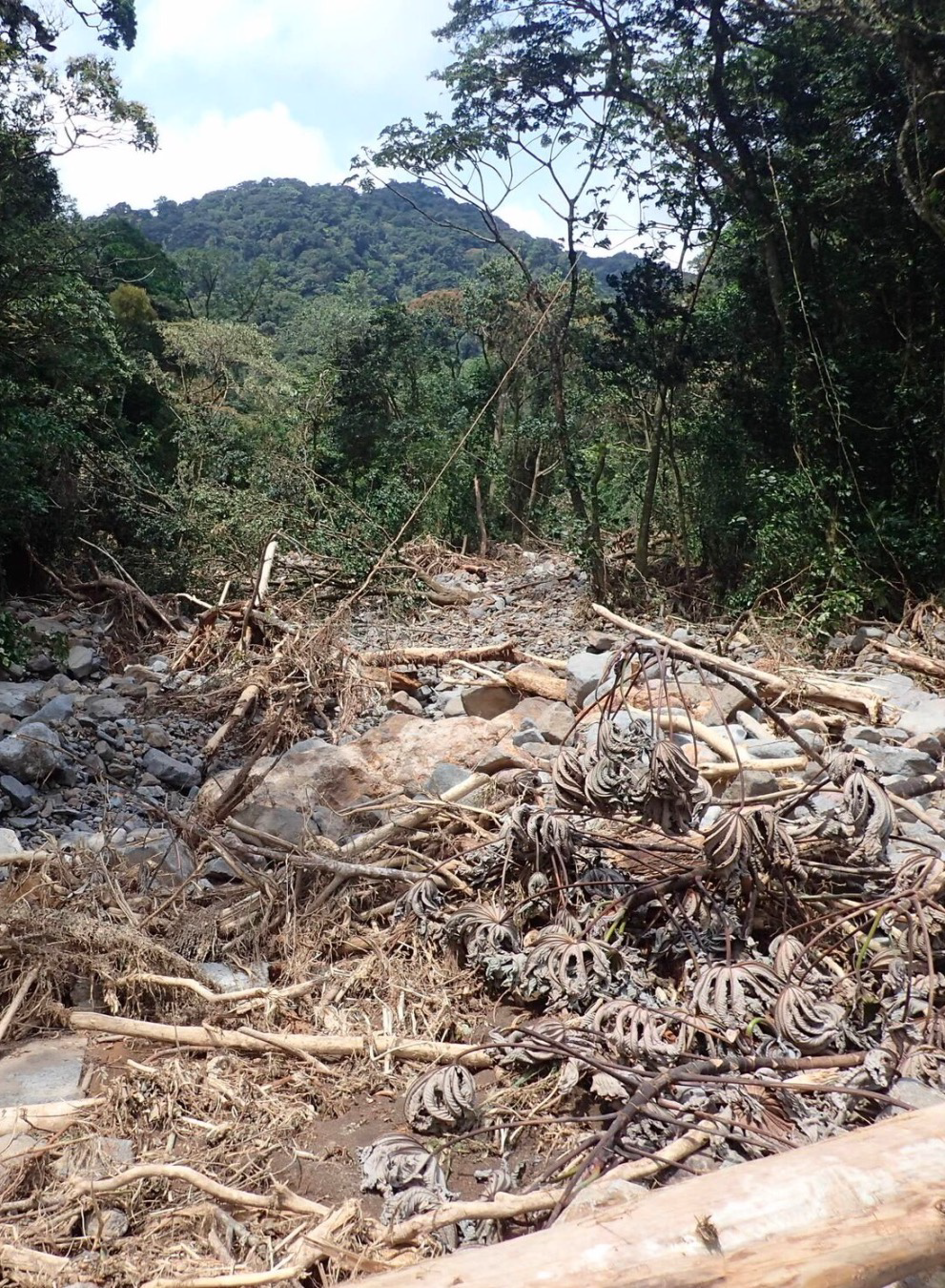Ocean currents carry many things: sea turtles, messages in bottles, etc. Seeds are another important thing ocean currents carry. I never thought of the ocean as a mode of seed dispersal until our professor Ron Carroll, God of Ecology and Knowledge, told all of us to collect five different seeds off of the beach in Cahuita. We brought our seeds and he enlightened us on ocean seed dispersal.


Cahuita is a beautiful beach along the Caribbean side of Costa Rica, south of Limon, close to Panama. In Cahuita, we found coconuts, monkeys combs and diaclea. Ocean dispersed seeds have distinctive characteristics compared to other seeds which make them easy to travel by ocean. Coconuts are a great example of ocean dispersed seeds; their thick shell protects the cotyledon from water. The seed must also be less dense than water so that it floats rather than sinks. Only 2-5% of seeds that travel by ocean are viable when they reach land. El Niño and La Niña have affected the inflow of seeds, and it has caused some invasive species to be introduced.
Ocean seed dispersal is the main reason coasts and islands can have such diversity. It explains why some plants and trees are present on beaches when they are not native to a country. It’s amazing how far these seeds can travel; some tropical fruits from Florida can be found on the coast of Ireland. And vice versa, there are trees from Ireland that ride ocean currents for about a year and land in the tropics. This reminds me of the sweepstakes theory of animal dispersal that we learned in Ecology; it was thought that some animals came across the ocean floating on something like a log to the Americas. Ultimately, seeds travel far and wide so next time you see a tree out of place on the beach, you now know how it got there.




